The University of New South Wales Sydney (UNSW) and Providence Asset Group (PAG) are teaming up to form a university-industry partnership toward the translation of hydrogen research into commercial production.
The partnership takes the form of the Hydrogen Energy Research Centre (HERC), no doubt to become a key player in Australia’s ambition to become a world leader in hydrogen with annual exports reaching $10 billion by 2040, as expressed in the National Hydrogen Strategy.
While the National Hydrogen Strategy and the Morrison Government’s Technology Roadmap are both emission neutral ventures, HERC is not so masochistic. HERC, which is to be led by UNSW Engineering Professor Kondo-Francois Aguey-Zinsou, seeks to implement electrolysis, green storage and fuel cells to translate hydrogen domestically and for export.”
Indeed it is the dearth of deep expertise in consulting firms and industry that has allowed the Morrison Government to develop policy in which the best hydrogen technologies are not pursued with any extra vigor than the worst. “HERC’s ecosystem of expertise will overcome these barriers to commercialisation and ensure greater market uptake of hydrogen products,” says Aguey-Zinsou.
The partnership believes that it can develop commercial hydrogen storage and distribution solutions using only renewable energy. “It’s not just about making hydrogen per se,” continued Aguey-Zinsou, “it’s about changing the entire economy.”
“Australia has a huge competitive advantage over other countries in implementing hydrogen for green energy storage,” seconded UNSW Deputy Vice-Chancellor, Research, Professor Nicholas Fisk, “and UNSW has major capability through its talented investigators, research and development, and patent-protected intellectual property.”
Commercial Translation
One of the key functions of a university is that it is not the market-place. Without market pressures, universities are supreme research institutions, but they need help to move developments into the commercial atmosphere. HERC, says Aguey-Zinsou, is the perfect “innovation ecosystem” for this translation, a place “where we have industry partners deeply engaged with research academics at every step of the way – to generate commercial outcomes.”
PAG’s initial investment of $5 million will go toward the establishment of the new HERC facilities over the next seven years. For the appositely named Henry Sun, CEO of PAG, the time for green hydrogen is now.
HERCs is set to compose:
- an applied research and development, prototyping and testing lab – to promote agile product development and support global clients in their transition to using hydrogen products
- a production hub aimed at increasing the uptake of hydrogen products – including small-scale manufacturing, testing, certification and validation infrastructure
- an experience centre – to engage investors, customers and partners, and a training facility to upskill the workforce.
UNSW developed Lavo Hydrogen Storage Technology Pty Ltd is precocious evidence of the success HERC is looking to continue producing. Lavo, expected to hit the market sometime this year, is a residential hydrogen energy storage system that can hold up to 60kWh.
This content is protected by copyright and may not be reused. If you want to cooperate with us and would like to reuse some of our content, please contact: editors@pv-magazine.com.
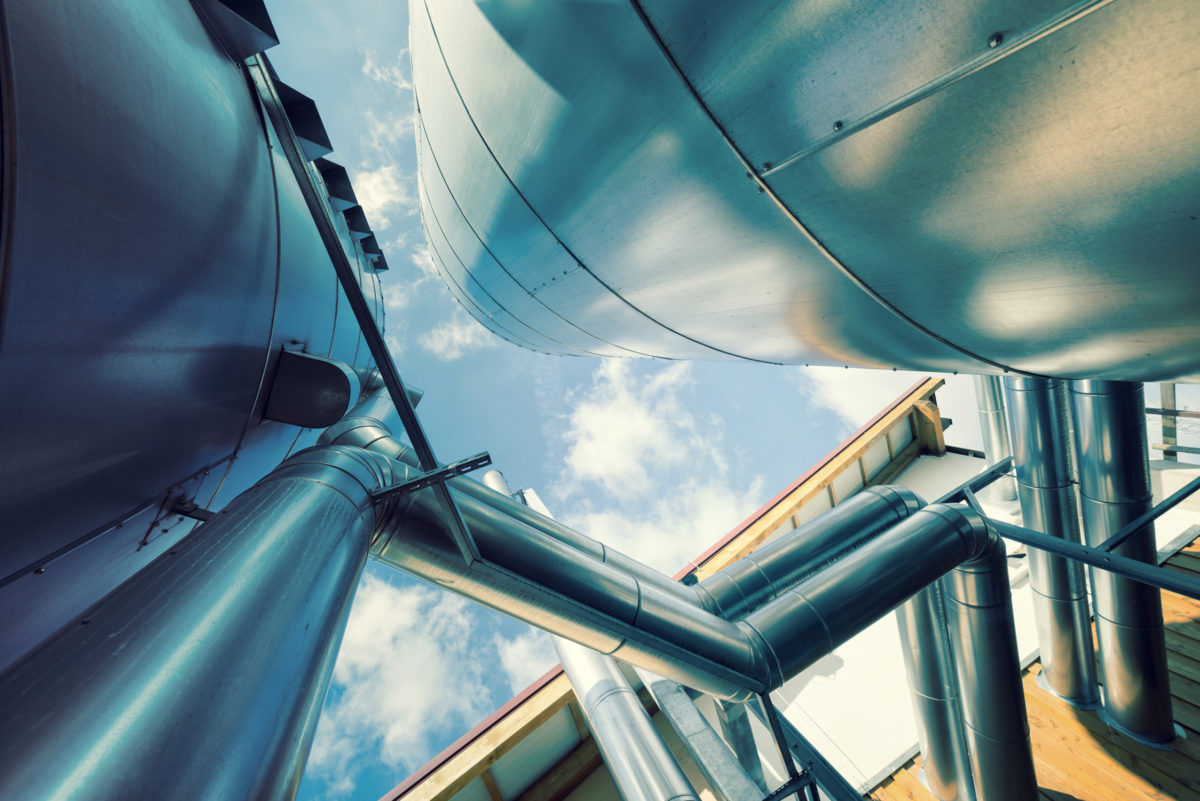
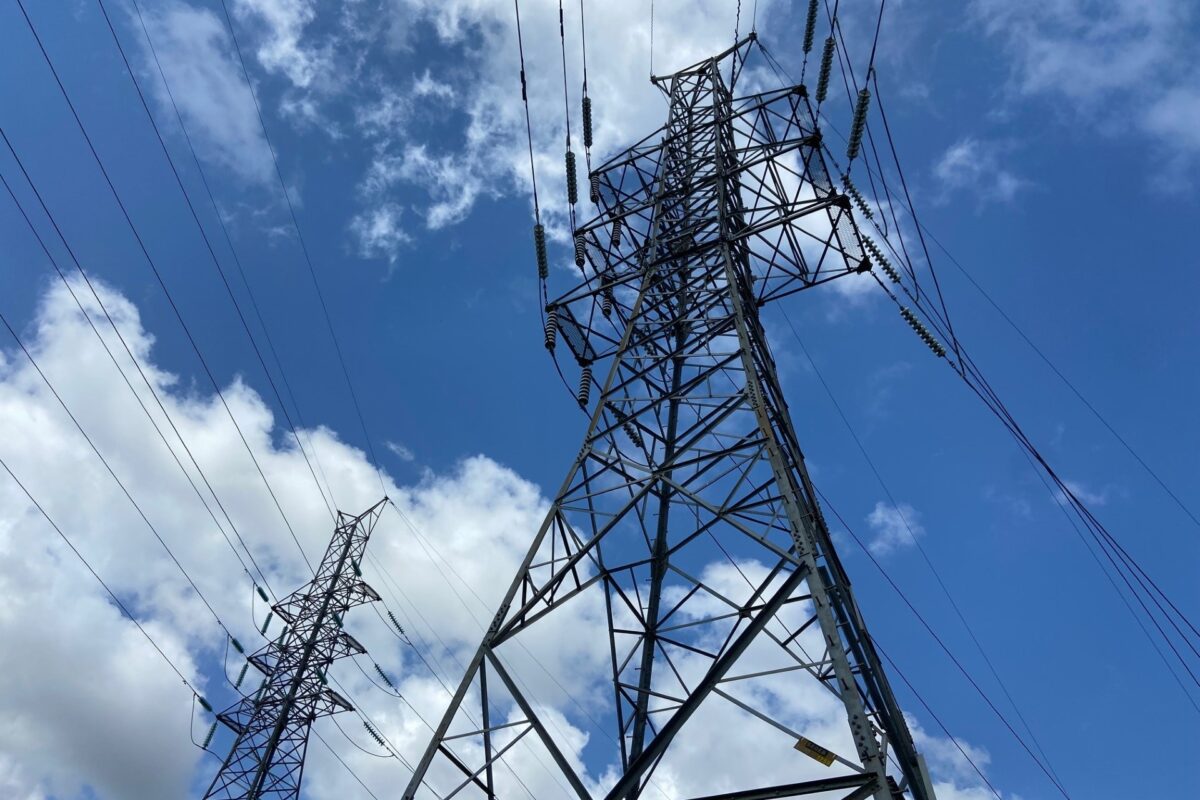


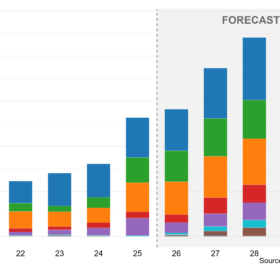
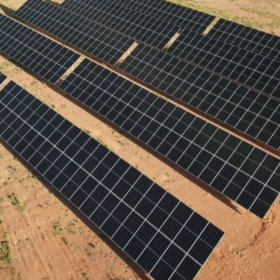
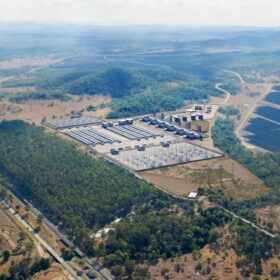
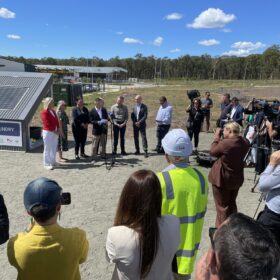
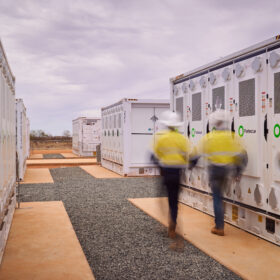
A 60kwh battery will soon cost $9k and I seriously doubt they can beat that. And at 60% less efficiency for the best H2 storage, generation, not going to happen.
And let’s not forget EV V2G coming with recent 6-8 yr old data the degradation for the battery is minimal. I sell 5-6 yr old Volt modules and they have no measurable degradation and with only 40 mile range, they are heavily used.
So unless they can really bring efficiency up and cost way down, H2 is going nowhere.
Exporting has the same problem, heavy compression of liquifying storage losses and 45% more turning it back into electricity.